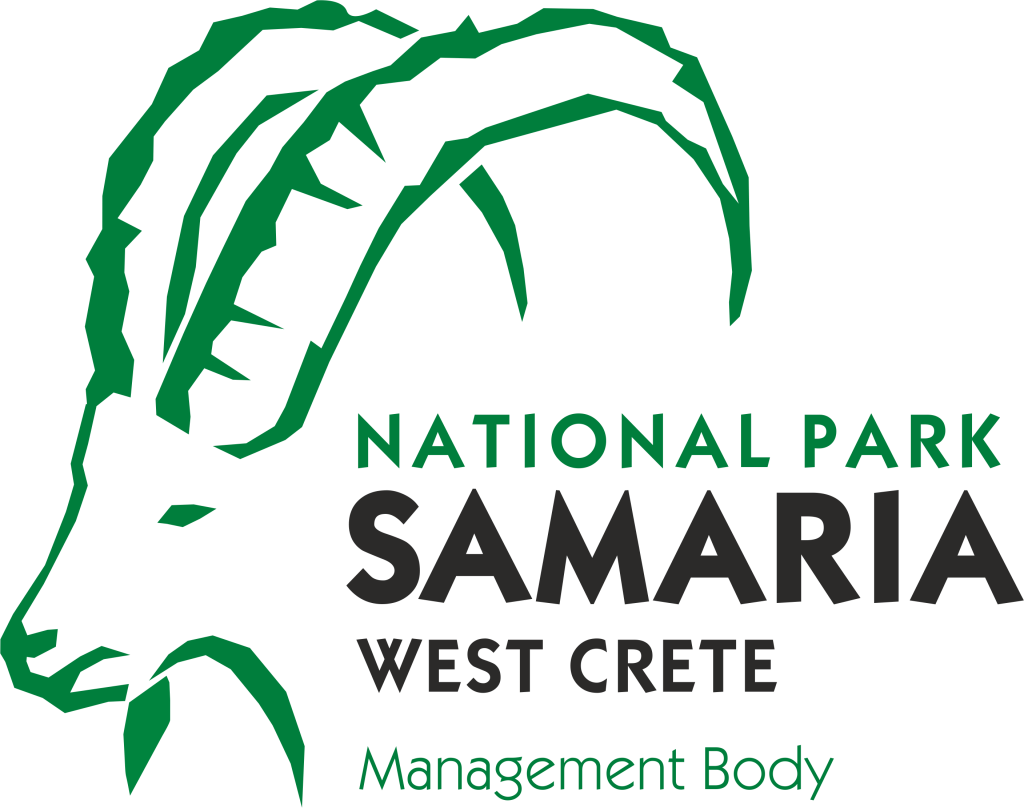Landscape
Landscape is understood as either a natural element or a symbolic entity.
It is an exceptionally complex and multi-levelled concept of major significance and social recognition, which acts as a bearer of multiple concepts, symbolisms, emotional associations and history. Landscape has been defined in many ways, according to the various points of view. This is partly due to its diverse natural and symbolic/conceptual aspects, although it cannot be divided into characteristic features, but must be considered as a complex whole which is far greater than the sum of its parts (holism). One particular feature of the landscape is that it constitutes a dynamic entity, the content of which is transformed in time and space, whilst each person can understand the landscape in a different way, according to their state of mind at different moments in time. Landscape’s natural, cultural/social and visual aspects do not only coexist and combine as though links in a chain, but are fully homogenized, creating an indivisible whole, which influences and is influenced, shapes and is shaped.
The landscape of Samaria
The broader area of Samaria constitutes a clearly established and spatially defined territory. Within this area one encounters a diversity of landscape features with particular characteristics of ecological and cultural value, some of which are:
- The Gorge
- The village in the centre of the Gorge, with the old crops of the people.
- The chapels, which are often found on the same site as ancient temples.
- The castle above Samaria, and at the Gorge exit.
- The ruins of the ancient city of Tarra.
- The Gorge’s special biodiversity.
- The complex ecosystem.
Both the Gorge and the broader Samaria region are powerful symbols. The occasional passerby through the Samaria landscape can powerfully comprehend its wild forms. The visitor is consumed by a sense of freedom, feels awe in front of the coexistence of such an inhospitable landscape with the presence of humans, senses the dominance of nature over man, and comprehends his or her inability to control the forces of nature.
The local population feels a powerful sense of pride, strengthening the sense of the landscape which is deeply rooted within them, and constantly hammering out their character within the presence of such an imposing landscape.
Just as people’s characters are the result of social, cultural, intellectual, psychological, aesthetic and economic factors, and this synthesis provides a comprehensible image of their personalities, so the landscape of Samaria is the comprehensible sum of factors and values, which are attributed to it by people.
The most important characteristic, however, of the landscape of Samaria is the intense interaction between humans and nature. This relationship exists both in today’s presence of humans as observers/walkers and in the historical imprint that the inhabitants of Samaria have left on this space. The traditional habitations of village, oil press, vines, preserved chapels declare the powerful relationship that the inhabitants of Samaria had with this place and with what it provided them. This relationship contains an understanding that may constitute an early expression of the much-discussed concept of sustainability: in contrast with today’s meaning, the inhabitants of Samaria built their lives around the core of “nature” thus shaping, organizing and satisfying their needs on the basis of that which the place offered. With respect for nature’s offerings, humans excluded any form of excessive exploitation, as they had early on realized that preserving the physiognomy of the landscape, either functionally or visually, was the key to their survival.




